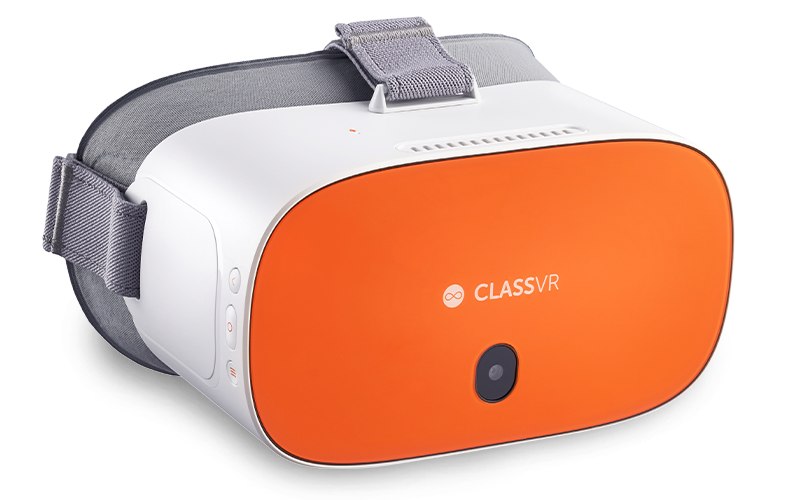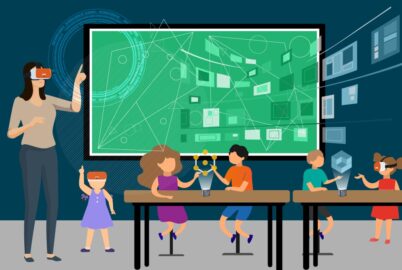You’ve probably already experienced augmented reality (AR) today. It’s everywhere. From education to retail to gaming, AR pops up in places you would expect and places you really wouldn’t!
But what actually is augmented reality?
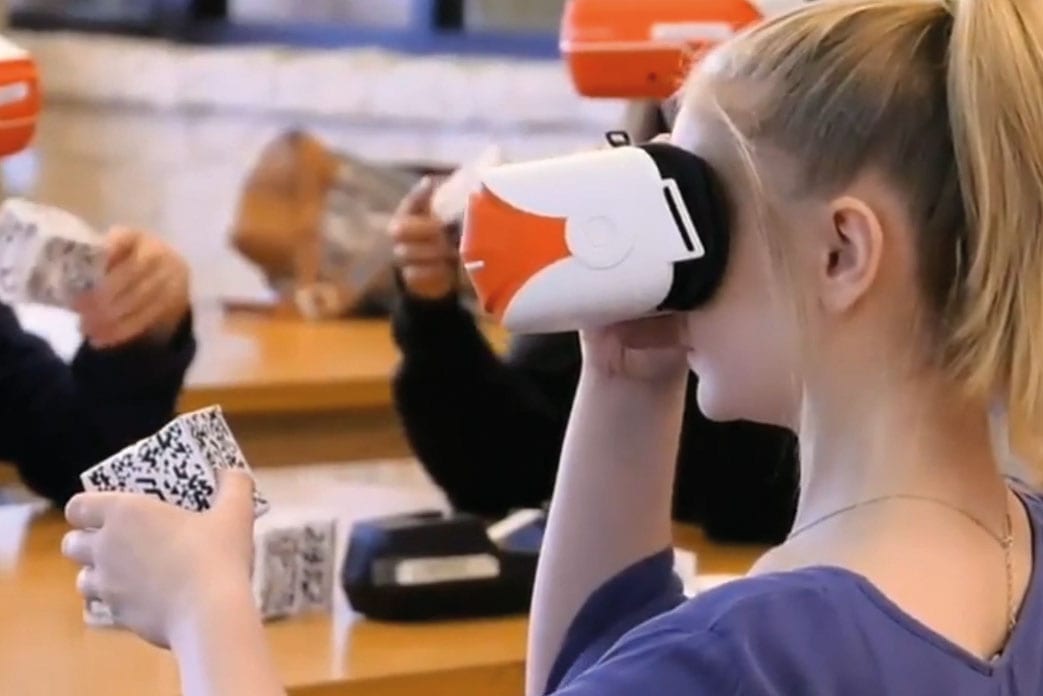
What is Augmented Reality? Simple Definition
Augmented reality is a technology that overlays digital features onto the real world.
Using a camera and clever tracking technology, augmented reality shows you the real environment with computer-generated elements on top. It’s as simple as that!
One of the best ways to explain augmented reality is Pokémon Go. In 2016, Pokémon Go swept the world, with millions of people exploring outdoors to discover and catch new Pokémon.
In the game, your phone tracks your location, the camera films your surroundings, and the app overlays digital Pokémon on top for you to catch. So when you’re in the game, it looks like Pokémon are appearing right in front of your feet!
What’s the Difference Between Augmented Reality and Virtual Reality?
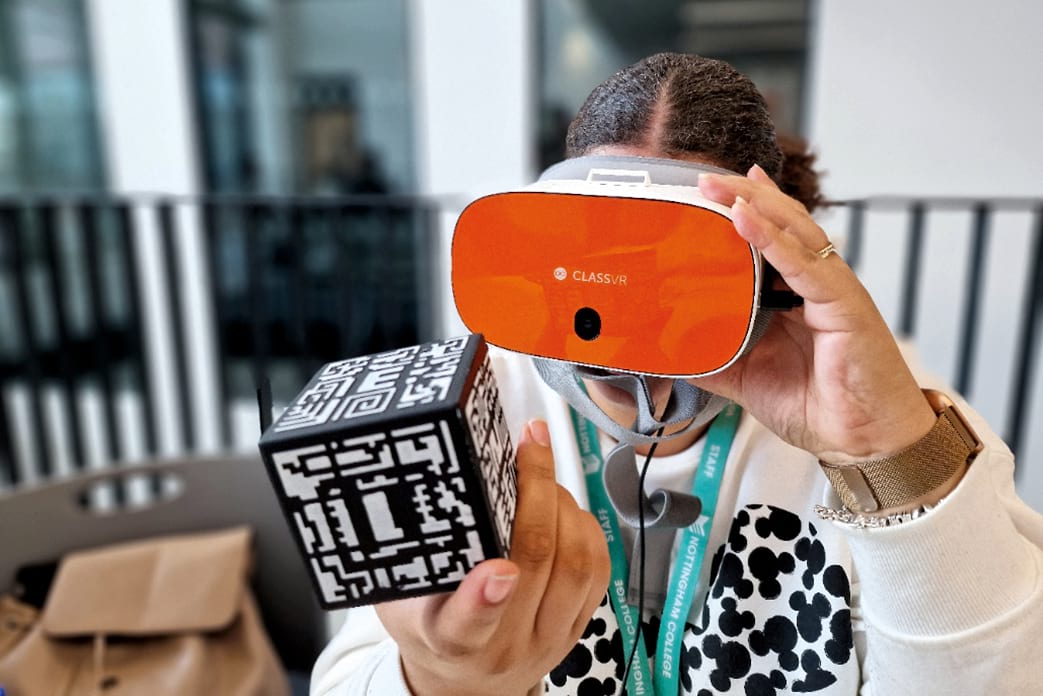
The key difference between AR and VR is how they interact with reality. Put simply, AR adds to reality, whereas VR replaces reality.
In augmented reality, digital features are overlaid onto the real world. In virtual reality, you’re immersed in a completely virtual environment with no link to your real world. While they’re completely different, both are equally exciting, powerful and useful!
The History of Augmented Reality
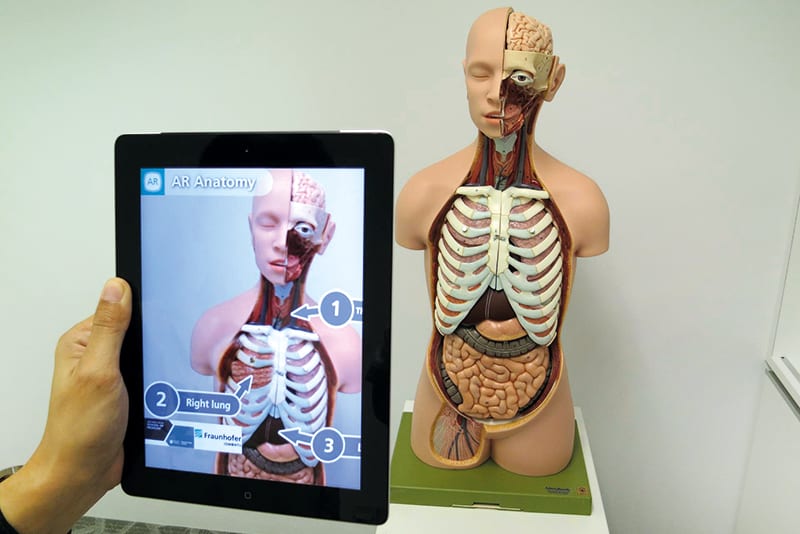
Now you know what augmented reality is… But where did it come from?
The term ‘augmented reality’ was first coined in 1990 by Boeing researcher Tom Caudell. To help guide factory workers, he came up with the idea of a head-mounted display that displayed the complex diagrams of planes on top of reusable boards – replacing the existing expensive diagrams that had to be drawn again and again.
Only a few years later, LB Rosenberg created what’s believed to be the first functioning AR system, called Virtual Fixtures. Built for the US military, it used robotics and augmented reality to help train troops.
In the late 1990s, AR hit the mainstream… through sports! Broadcasters introduced augmented reality into their shows to make games easier to follow on television. From tracked hockey pucks that glowed on screens to overlaid yellow lines in the NFL to show first down markers – sports broadcasters started using AR to help viewers at home keep up with the games.
The next big advancement in augmented reality came in 2000. Hirokazu Kato from the Nara Institute of Science and Technology created an open-source library called ARToolKit. This bit of software changed the face of AR for good! Using clever video tracking, ARToolKit helped developers overlay virtual graphics onto the real world – and is still being used today!
Through the 2000s AR continued to push on, with advertising and gaming taking it to the next level. From games like AR Tennis developed for mobile phones to Esquire Magazine using AR in print media for the first time, innovative ideas and inventions came left, right and centre! But it wasn’t until the 2010s that consumers could easily get their hands on wearable augmented reality headsets. The Google Glass and Microsoft HoloLens let people experience AR up close and handsfree – helping pave the way for ClassVR, the world’s first AR and VR system designed for schools!
How Does Augmented Reality Work? An Overview of AR Technology
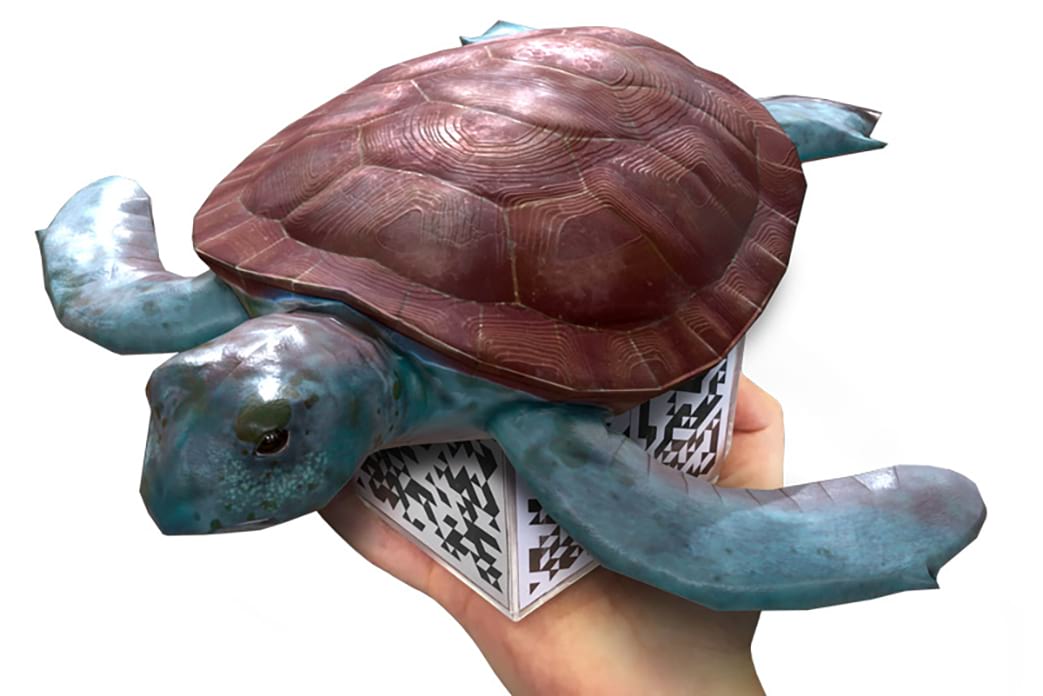
It all starts with a camera-equipped device. This could be a phone, a tablet or an AR/VR headset. You’ll use the camera to capture the environment around you. All sounds pretty normal so far, right? This is where the clever technology comes in.
First, an amazing bit of software called computer vision will identify the objects your camera is pointed at. Then, complex technologies like geo-location simultaneous localisation and depth tracking will build a 3D world that reflects your real world – meaning your device now has a 3D view of the space you’re in.
The virtual, augmented elements are then added into this 3D world. When you view the world through your device, whether that’s a VR headset, a phone or anything else, you can now see the virtual elements interacting with your real world… just think of the possibilities.
How is it Used? Real Augmented Reality Examples

Augmented reality is everywhere. From face filters on Snapchat to augmenting virtual furniture into your home, AR is used across industries and across the world. Here’s a few of the most common examples:
Education: Millions of students around the world are already experiencing AR in the classroom! Using immersive headsets designed for schools like ClassVR, educators are transforming their teaching by implementing AR into their lessons. With AR technology, students can interact with their learning – boosting engagement, knowledge retention and learning outcomes.
Can you imagine watching a dinosaur appear out of an interactive worksheet, or holding a human heart in your hands? Using augmented reality in education, it’s all possible! Students can hold, examine and explore things that are engaging, impractical and even impossible.
Retail: Companies are making shopping more interactive and more accessible with augmented reality. Using amazing AR technology, shops are letting their customers ‘try before they buy’. For example, the IKEA Place app lets you place virtual furniture in your house. Using your mobile phone and its camera, you can see what your room will look like with a scale 3D model of the piece of furniture augmented on top!
Elsewhere, companies like Target are using AR to transform instore navigation. By augmenting signposts and labels in their stores, they’re helping customers easily find the product they’re looking for without wasting any time!
Construction: Another industry that’s being transformed by AR is construction. From more effective, immersive safety training to better project planning using 3D models and virtual walkthroughs, AR is helping push the industry forward across the board. With augmented reality technology comes safer, more collaborative and more productive projects – what’s not to like!
Gaming: Last but definitely not least, we couldn’t forget the gaming industry! Starting with the release of the world’s first outdoor augmented reality game back in 2000 – AR Quake – through to the global sensation in 2016 that was Pokémon Go, gamers have been immersed in augmented reality for years. The technology transforms the gaming experience, allowing people to experience the real world while playing a game.
Using AR on your phone, you can even play the holochess game from the Star Wars movies. The possibilities are mind-blowing.
These are just a few of the many industries that have embraced augmented reality so far, with more incredible examples appearing all the time. As the technology improves, AR will only become more common in our daily lives, so watch this space. You never know, you might be speaking to your family by hologram in the not-too-distant future!
Now that’s your quick guide to augmented reality! You should now be able to get by if AR crops up in conversation.
If you’re interested in finding out more about ClassVR – the world’s most awarded AR and VR solution for schools, book a demonstration today and experience it for yourself!
Follow us on Twitter, Facebook, LinkedIn and Instagram to keep up-to-date with the latest VR in education news!
